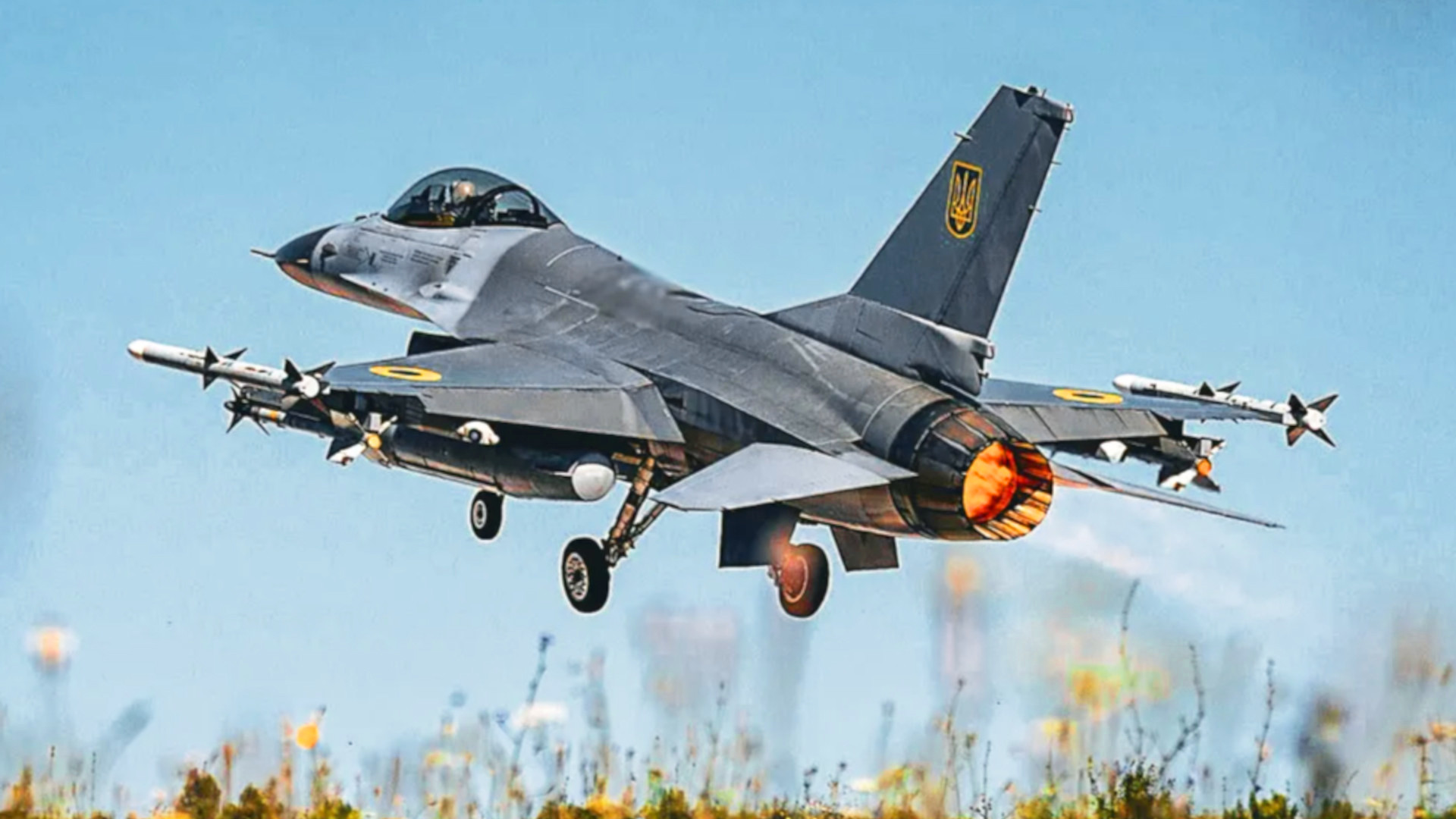Before the Ukrainian Air Force received its first batch of F-16 Viper fighters, the U.S. Air Force helped optimize the electronic warfare (EW) systems on those jets to defend against Russian threats. As part of ongoing collaboration on this front, the Ukrainians will pass data they collect in real combat back to the United States to help further refine and improve electronic warfare capabilities available to both countries, as well as other allies and partners.
The U.S. Air Force’s 68th Electronic Warfare Squadron (EWS) at Eglin Air Force Base in Florida, part of the service’s 350th Spectrum Warfare Wing led the reprogramming effort in collaboration with its counterparts in Denmark and Norway. Earlier this month, the Ukrainian Air Force showed off some of its initial tranche of F-16s, which includes ex-Danish and Dutch examples, at least some of which have specialized pylons with integrated self-protection systems, as you can read more about here.

At the time of writing, Denmark and the Netherlands, along with Belgium and Norway, are collectively planning to send Ukraine approximately 91 F-16AM/BMs in the coming years. This includes another six ex-Dutch jets pledged just today. A portion of these aircraft will be used as sources of spare parts for the others. There have also been reports that Greece may commit an additional 30 F-16C/D variants.
“With the third-party transfer of F-16s by Denmark, Norway, and the Netherlands to Ukraine, another EW capability is joining the fight for Ukraine,” the Air Force said today in a release on the 68th Electronic Warfare Squadron’s work. The electronic capability in question is not named, but it is described as one not currently in U.S. inventory.
As already mentioned, at least some of Ukraine’s initial tranche of F-16s have been spotted with pylons from defense contractor Terma in Denmark that have built-in approach warning sensors and that can be fitted with electronic warfare jammers, as well as dispensers for decoy flares and chaff. The pylons are tied to the jet’s internal self-protection suite to provide synergistic effects. It is worth noting that the Air Force has acquired similar pylon-based systems for its F-16s in the past, but without any express mention of integrated jammers.
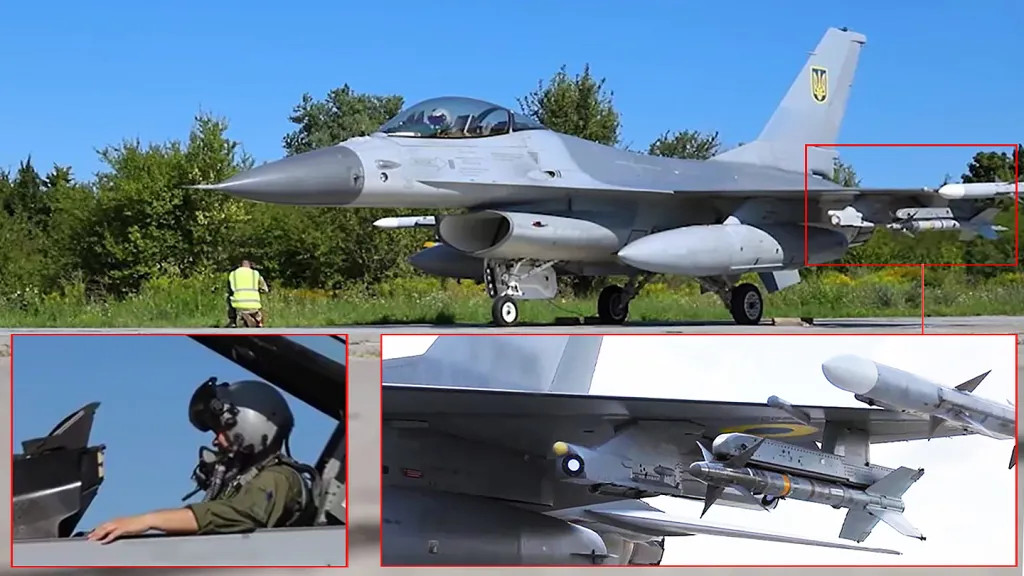
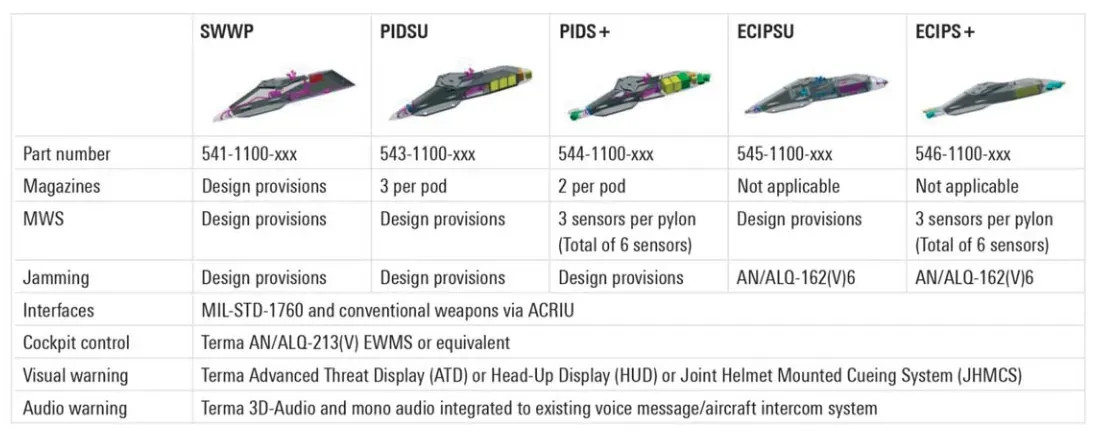
Regardless, the Air Force says unfamiliarity with the electronic warfare system in question, together with “the timeline needed to optimize these EW systems to meet the delivery date of the aircraft,” presented challenges for the 68th EWS.
“Relying on data provided by Denmark and Norway, then adapting new processes and approaches to the usual process, the team was able to understand the system and start their work. After understanding the system, the 68th EWS deviated again from normal methods and sent its members overseas to a partner-nation lab to collaboratively develop and test the system alongside coalition teammates,” according to the Air Force’s release. “By working alongside partner nations, the 68th EWS was able to test and verify the unique elements required by the Ukrainians and even improve the reprogramming processes by all parties.”
“This is not our standard operating procedure,” an unnamed individual described as “the 68th EWS director,” said in a statement in today’s release. “The fact that the team was able to figure out the system in two weeks, go in-country with a partner to develop a best-ever mission data file is unheard of and is thanks to the talent here in the squadron and the wing.”
Specific details about what the reprogramming entailed are not provided, but for electronic warfare systems to work most effectively, they have to be able to accurately detect, categorize, and respond to waveforms using the data in their built-in threat library. As such, operators behind air defense radars and other emitters have now long relied on tactics like switching between different operating modes, hopping frequencies, and/or taking other actions to alter the output signature to help reduce vulnerability to electronic warfare attacks.
In turn, electronic warfare systems have to be routinely reprogrammed to update their databanks to respond to evolving threats. The electronic warfare threat libraries available to U.S. forces are one of the biggest advantages available to America’s armed forces. As part of work on so-called cognitive electronic warfare capabilities, the U.S. Air Force and other branches of the U.S. military are also working to increasingly automate and otherwise accelerate various aspects of the reprogramming process, including the ability to push out upgrades rapidly, including to forward-deployed units or even aircraft in flight. Electronic warfare suites capable of adapting autonomously in real-time, even during missions, is the absolute “holy grail” of the concept, which you can read more about here.
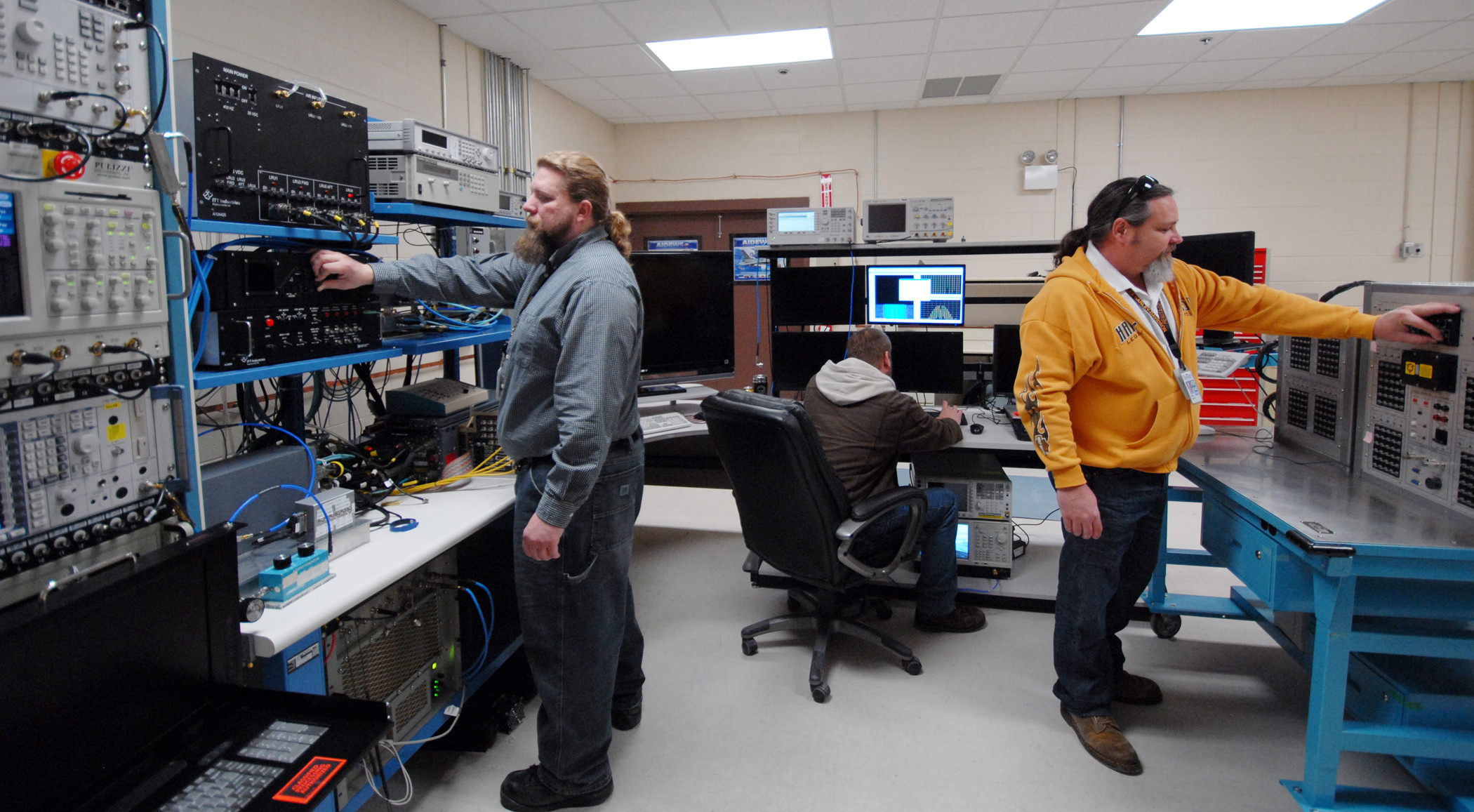
Last year, now-retired Air Force Col. Craig Andrle, whose last posting was as commander of the 388th Fighter Wing, shared a particularly relevant anecdote with Air Force Times about how the current process works and its importance. At the time, F-35A Joint Strike Fighters assigned to his wing had recently returned from a deployment to Europe where they had flown patrols near Russia.
“We’re looking at an SA-20. I know it’s an SA-20. Intel says there’s an SA-20 there, but now my jet doesn’t ID it as such, because that SA-20 is operating, potentially, in a war reserve mode that we haven’t seen before,” Andrle explained, using the NATO reporting name for certain versions of the Russian-made S-300 surface-to-air missile system.

“The F-35 flagged the object for troops who updated and re-uploaded the data into the jet,” Air Force Times‘ report added. “After that, NATO aircraft knew what they were looking at and how to geolocate it.”
The F-35’s electronic warfare suite is already extremely powerful, much more so than the capabilities that are found on Ukraine’s second-hand F-16s, and has an impressive secondary capability to collect and fuse electronic intelligence. That data is also highly classified, limiting who the U.S. government can share it with and where programming work can be done physically, which is then where units like the 68th EWS come in. The squadron is a focal point for electronic warfare reprogramming, and not just within the U.S. Air Force, but elsewhere across the U.S. military and in support of foreign allies and partners.
As of 2022, the 350th Spectrum Warfare Wing overall handled “mission data or reprogramming… for over 70 systems for over 40 countries,” Col. Josh Koslov, then commander of the wing, told The War Zone in an interview that year. You can find the full exclusive interview, which provides deeper details about the 350th’s work, here.
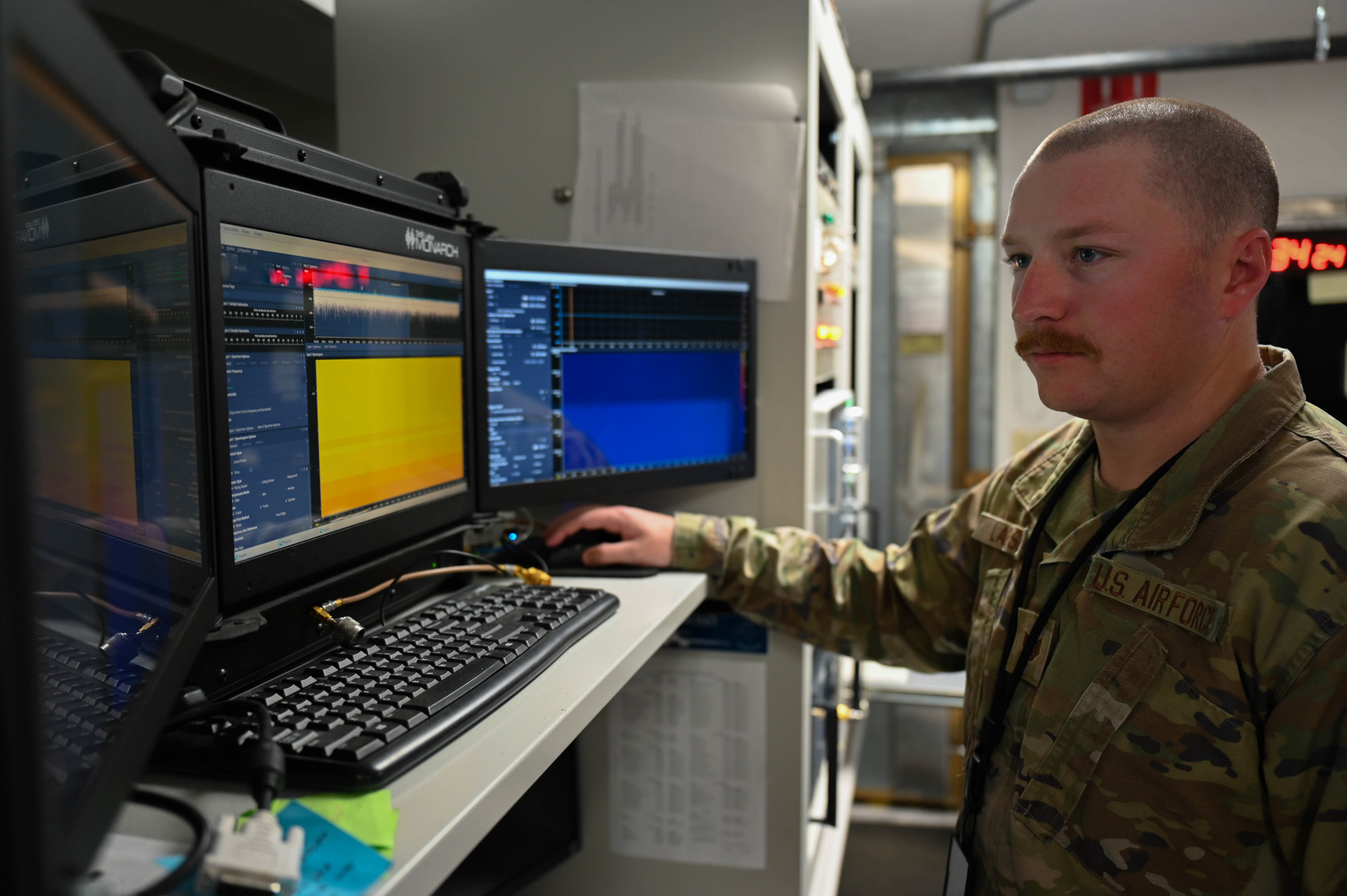
The electronic warfare partnership between the United States and Ukraine won’t end with the reprogramming of the systems on the F-16s being delivered to the latter country, either.
“With Ukraine now being onboarded as an official foreign military sales [FMS] case for the 68th EWS, the unit will provide reprogramming capabilities based on feedback from the Ukrainians,” according to the release from the Air Force today. “Traditionally, feedback from FMS cases is derived from training environments; this case will provide combat-tested data to improve capabilities.”
Like so many things about Ukraine’s incoming F-16s, it is important to stress that the U.S. Air Force’s reprogramming of their electronic warfare systems won’t make them work perfectly against all threats. Still, they could offer a critical edge in survivability for Ukraine’s Air Force, which is operating in one of the densest active air defense environments we have seen.
“One F-16 with a reprogrammed [electronic warfare] pod won’t achieve air dominance alone, but it may give you a pocket of air superiority for a moment’s time to achieve an objective that has strategic importance and impact,” the unnamed 68th EWS director added in the release the Air Force put out today. “When you’re talking about a near-peer conflict, you need all of your coalition partners to operate with the same playbook so you can achieve spectrum dominance.”
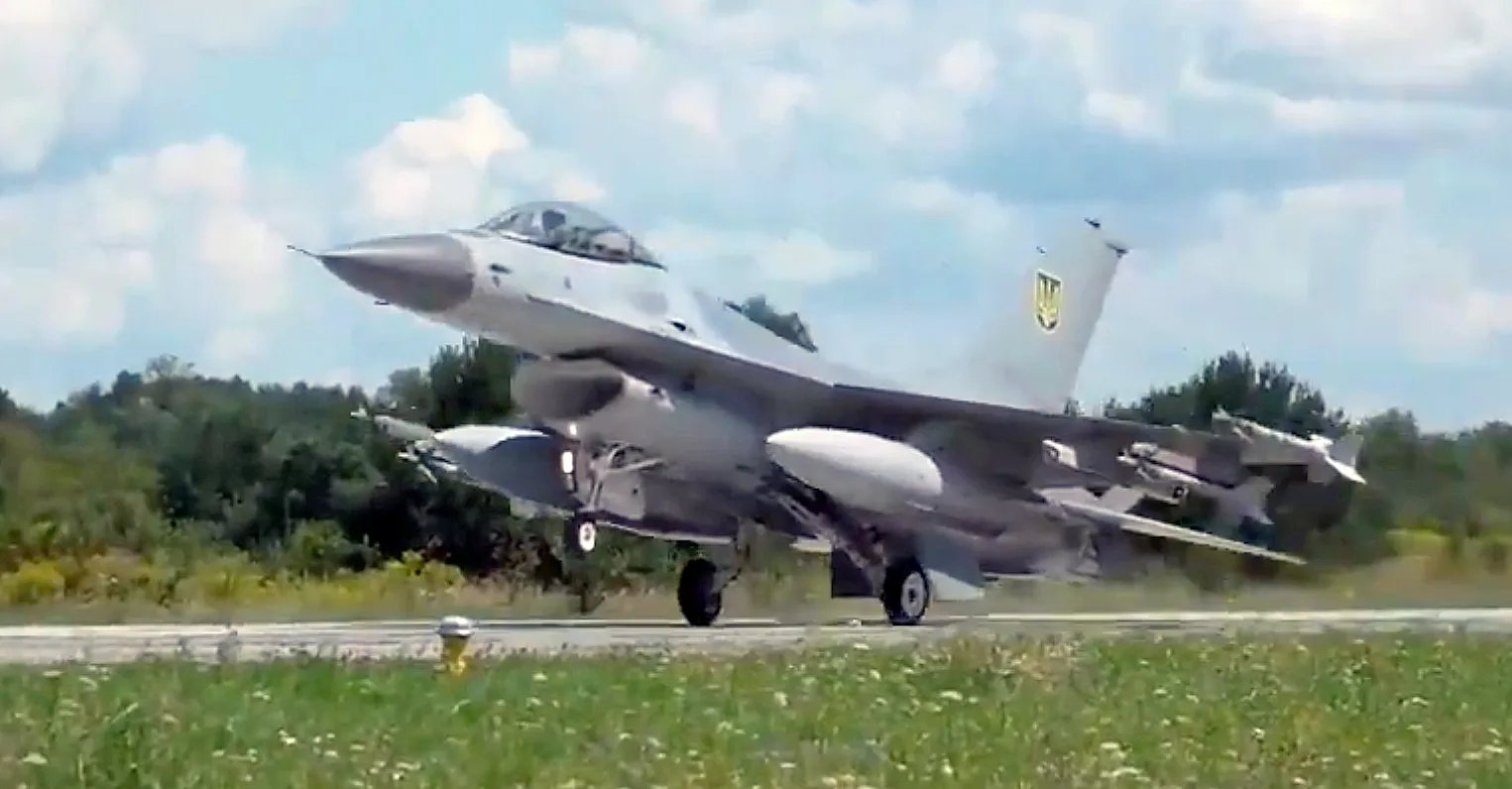
As The War Zone has repeatedly pointed out, it will also take the Ukrainian Air Force and its pilots years to fully unlock what the F-16s have to offer, in general. At the same time, the jets bring a host of new and improved capabilities, including weapons and electronic warfare suites, to the Ukrainian Air Force beyond what its Soviet-era combat jets have to offer. Deliveries of additional types of stand-off munitions that could arm Ukraine Vipers, possibly including AGM-158 Joint Air-to-Surface Standoff Missile (JASSM) cruise missiles, may already be on the horizon. The F-16s also bring the ability to carry various podded capabilities, including Lockheed Martin’s recently unveiled networked version of the Sniper Targeting Pod, which can act as a hub for localized ‘kill webs’ and would be ideally suited to Ukraine’s needs as The War Zone has previously highlighted.
While F-16s may not be silver bullets for Ukraine, we know now that the U.S. Air Force has helped with programming their electronic warfare systems to be as capable as they can be against Russian threats. Further data that gets collected, along with other lessons learned from the use of the self-protection systems on the Viper, looks set to be a major boon for both countries going forward.
Contact the author: joe@twz.com
